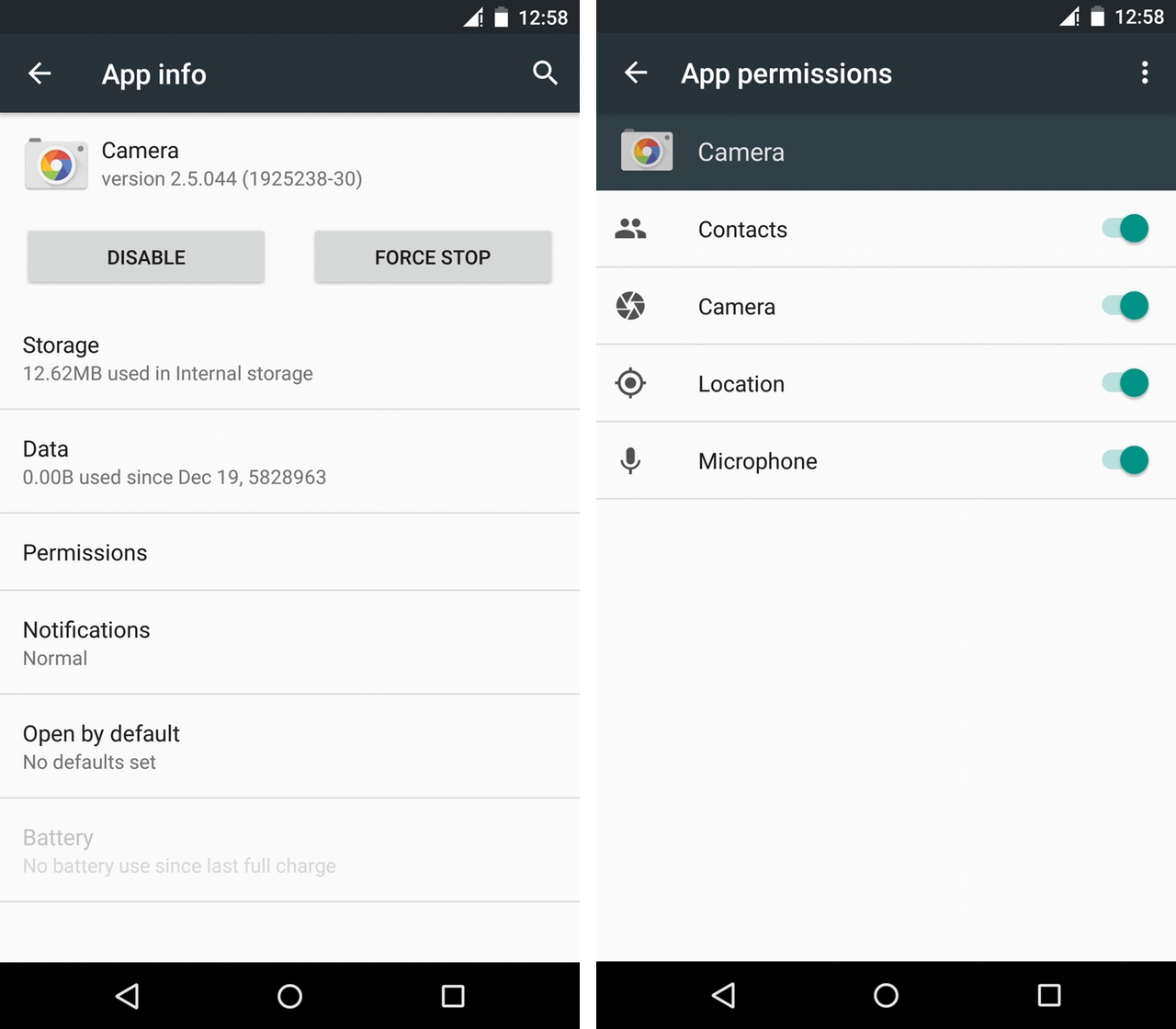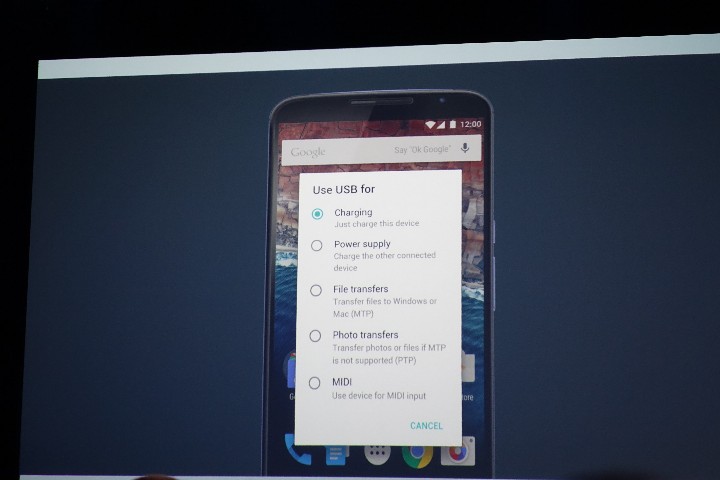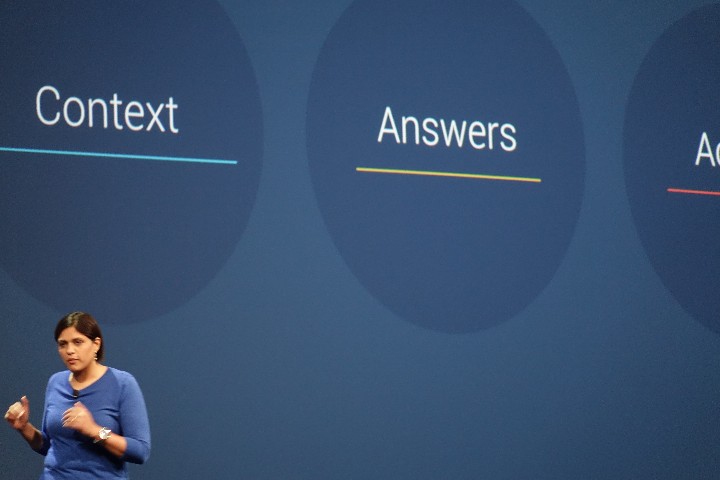
Google today previewed some of the new features that are coming to Android M later this year.
The most significant feature coming with Android M is an improvement and expansion of Google Now’s capabilities with something called Now on Tap.
Likely taking advantage of the work done by DeepMind, an artificial intelligence startup Google acquired for more than $500 million last year, Now on Tap is able to intelligently parse through the information being presented in an app to provide context aware supplemental information and additional actions the user can take.
One of the examples Google gave is of a person listening to Skrillex on their Android Phone and saying, “Okay, Google—what’s his real name?” In this case, the system is able to understand what the “his” in that sentence refers to and provide the correct answer—Sonny John Moore, for those that were wondering. In another example, the presenter’s husband sent a message that said he had forgotten to pick up their dry cleaning. Now on Tap automatically scrubbed the message and created a smart reminder, telling the presenter to remember to pick up their clothes.

Google says that Now on Tap will work within a variety of apps without any additional work from developers.
Besides Now on Tap, many of the other things Google announced showed a focus on “improving the core user experience of Android.”
Likely the most important announcement Google made in this regard was a change to how Android M will handle app permissions compared to its predecessors. Gone are the days of an all or nothing approach to app permissions; instead, apps built using the Android M SDK will ask for permission to access important information or phone feature in the correct context.
So, for example, say a person downloads and installs Whatsapp. The first time they try to make a call, Android M will ask the user if they would like to grant the app access to the microphone. This interaction will be repeated every time a newly installed app wants access to a different part of the system for the first time. That said, users will also be able to manage permissions on bulk. Using a new setting menu, users will be able to manage all the apps that access things like the microphone or location data.

The Google employee presenting the Android M keynote noted that the changes to permissions are currently only coming to the Android M SDK.
With Android M, Google is also introducing a new battery saving feature called Doze. Using a phone’s suite of motion detection sensors, Android will detect if a phone hasn’t been active for a long period of time and start to slow down and shut off certain background tasks to conserve battery power. Google also announced that USB C will be coming to a variety of Android devices in the near future, which the company said should make charging them faster.

Another quality of life improvement that’s coming with Android M is how the operating system handles app links. Android M will intelligently parse a link and open the corresponding app instead of offering users a dialogue that asks them to choose the app that should open the link.
Lastly, as reported earlier, native fingerprint authentication is coming with Android M. Google says that the API it’s created for fingerprint authentication will allow developers to leverage the tech for their across a variety of devices and sensors.
MobileSyrup may earn a commission from purchases made via our links, which helps fund the journalism we provide free on our website. These links do not influence our editorial content. Support us here.



